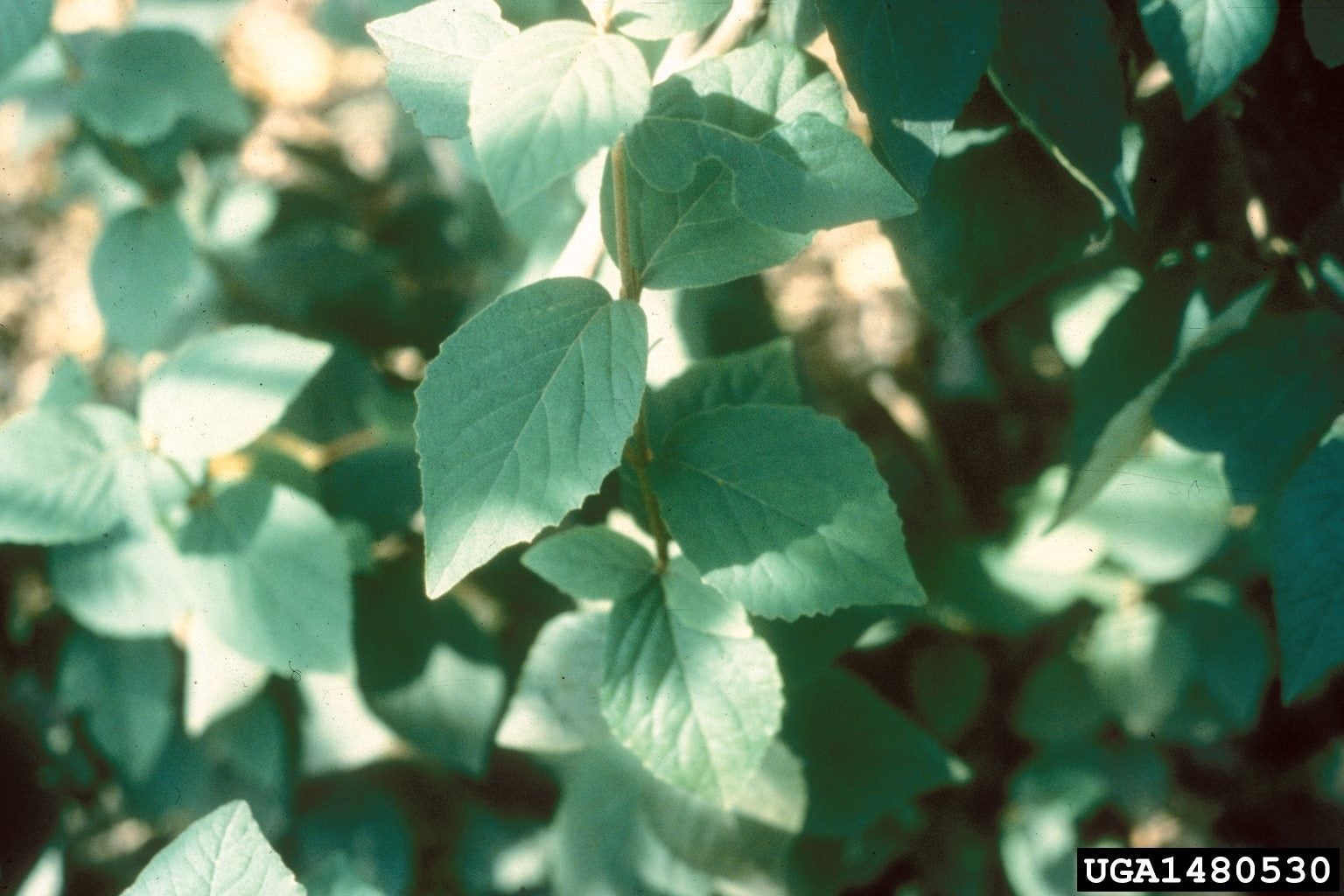Judd Viburnum Care – How To Grow A Judd Viburnum Plant


“A garden without a viburnum is akin to life without music or art,” said renowned horticulturist, Dr. Michael Dirr. With over 150 species of shrubs in the Viburnum family, most of them hardy down to zone 4, and heights between 2 and 25 feet (61 cm. and 8 m.), there are varieties that can fit into any landscape. With so much variety, it may be hard to sort through the pros and cons of each viburnum. You may find yourself saying, “Well this one has beautiful flowers, but this one has bright fall foliage, and this one…” Judd viburnum plants have all these pros. Continue reading for more Judd viburnum information.
Judd Viburnum Information
In 1920, horticulturist William H. Judd of the Arnold Arboretum crossed Koreanspice viburnum (Viburnum carlessi) with Bitchiu viburnum and created what we know today as the Judd viburnum or Viburnum juddii. Judd viburnum plants have the fragrant 3 inch (8 cm.), dome-shaped flowers of its parent plant Koreanspice. These flower buds start out pink, then open to a creamy white. They bloom for about 10 days in spring to early summer and attract pollinators who feast on the sweet nectar. Eventually, the spent flowers turn into dark black berries in late summer to fall, attracting birds. The blue-green foliage also turns a wine-red color in late summer and fall.
How to Grow a Judd Viburnum Plant
Judd viburnum plants are available for sale at garden centers and online, as potted plants or bare root stock. Hardy to zone 4, Judd viburnum grows 6 to 8 feet (2 m.) tall and wide in a rounded habit. They will grow in full sun to part shade but do best in slightly acidic, moist, but well-draining soil. Judd viburnum care is not too complicated. While a newly planted Judd viburnum’s roots are establishing, they will need regular deep watering. Once established, your Judd viburnum should only need watering in times of drought. It is not necessary to fertilize viburnums, but if you feel you need to, use a general 10-10-10 garden fertilizer. You can also use an acid fertilizer, like Hollytone or Miracid, once per growing season to give the soil a boost of acidity. Established viburnums require little care and are not bothered by many pests. Rabbit and deer even tend to avoid viburnums, but robins, cardinals, waxwings, bluebirds, thrushes, catbirds, and finches love the black fruit that persists in to winter. Most viburnums require little pruning, but can be pruned to maintain their shape and fullness in late fall to early spring, while dormant.
Sign up for the Gardening Know How newsletter today and receive a free copy of our e-book "How to Grow Delicious Tomatoes".

Darcy is a former contributor to Gardening Know How. She is a professional landscape designer and gardening writer with experience in plant sales. An avid gardener, Darcy has a passion for sharing practical tips to help others grow.